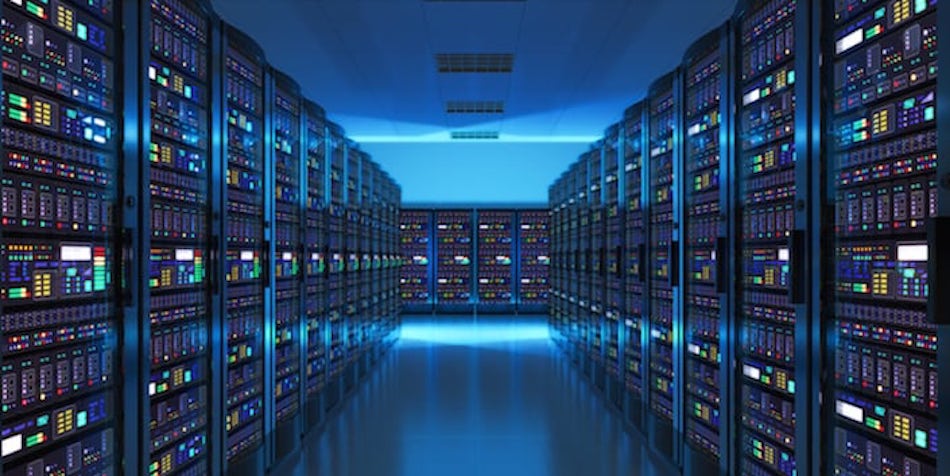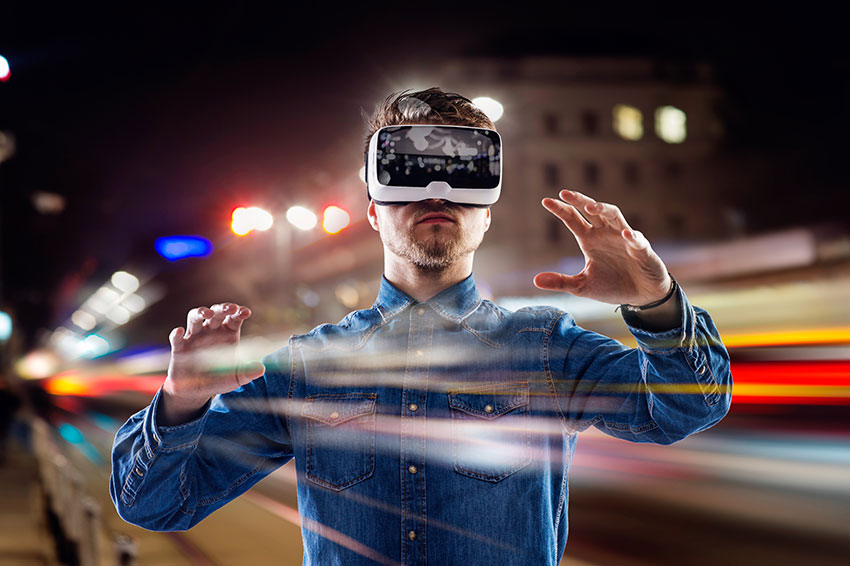Bermuda is a UK Overseas Territory and has the largest offshore aircraft registry, which is also tenth in size overall compared to the 193 signatory States to the Convention on Civil Aviation. The Bermuda Civil Aviation Authority (BCAA) is responsible for the regulation and safety oversight of aviation in Bermuda, and all aircraft on the Bermuda Aircraft Registry.
Although regulated by the UK Department for Transport, Bermuda’s safety oversight system is separate from that of the UK. The regulatory requirements are established as Overseas Territories Aviation Requirements (OTARs), which are in full compliance with the standards and recommended practices of the ICAO, a UN specialised agency established to manage the administration and governance of the Convention of International Civil Aviation.








